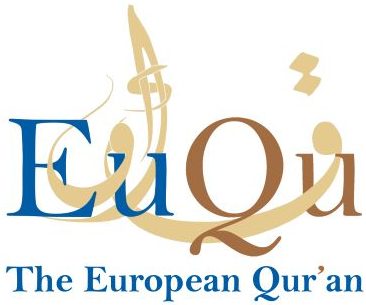 This text is a review of the book written by Cándida Ferrero Hernández and John Tolan, The Latin Qur’an, 1143–1500: Translation, Transmission, Interpretation and published by De Gruyter in 2021
This text is a review of the book written by Cándida Ferrero Hernández and John Tolan, The Latin Qur’an, 1143–1500: Translation, Transmission, Interpretation and published by De Gruyter in 2021
Mediaevistik, Volume 35, Number 1
Cándida Ferrero Hernández and John Tolan, The Latin Qur’an, 1143–1500: Translation, Transmission, Interpretation. Berlin and Boston: Walter de Gruyter, 2021, vii, 498 pp.
Download Article: https://www.ingentaconnect.com/content/plg/med/2022/00000035/00000001/art00148#
Author: Bruce, Scott G.
Source: Mediaevistik, Volume 35, Number 1, 2022, pp. 553-555(3)
Publisher: Peter Lang Academic Publishing Group
DOI: https://doi.org/10.3726/med.2022.01.148
Abstract:
The Latin Qur’an is the first publication in a new book series that will share the findings of a scholarly initiative funded by the European Research Council called “The European Qu’ran: Islamic Scripture in European Culture and Religion 1150–1850 (EuQu).” The aim of this six-year project (2019–2025) is to study the impact of the Qur’an on the cultural, intellectual, and religious formation of the premodern west. The volume under review comprises twenty-one essays that treat the reception history of the earliest Latin translation of the Qur’an, which Robert of Ketton made in 1143 at the request of Abbot Peter the Venerable of Cluny. The abbot’s aims in this endeavor were polemical. With the assistance of a team of translators active in Spain, Peter assembled a dossier of Muslim religious texts and had them rendered into Latin in order to write a refutation of the truth claims of Islam for a Christian audience. Upon the completion of this unprecedented translation project, the abbot of Cluny provided European readers with unfettered access to the Muslim holy book, which informed western conceptions of Islam for centuries. While this collection takes the date of Robert of Ketton’s translation as its starting point, the closing date of 1500 seems somewhat arbitrary, especially since several contributors call attention to Theodor Bibliander’s 1543 publication of Peter the Venerable’s corpus Islamolatinum as a watershed moment that exposed Robert’s Latin Qur’an to a much wider readership.

